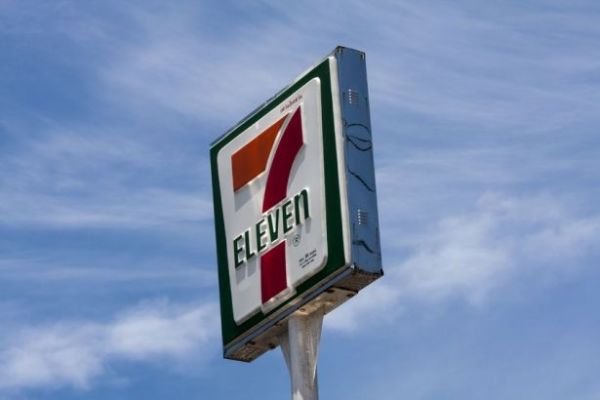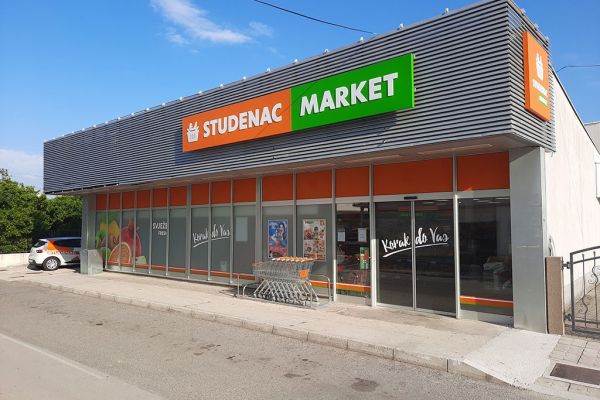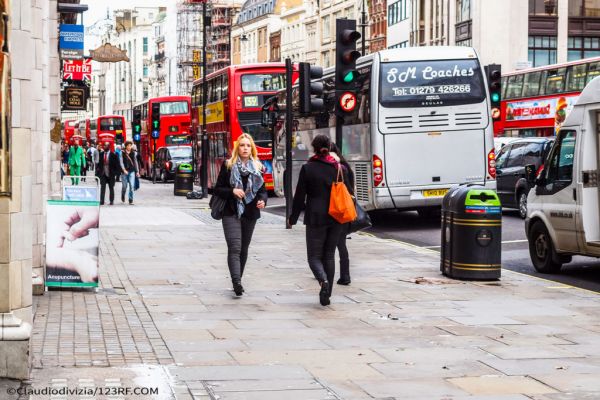The US convenience store industry is facing an inconvenient truth: Americans are changing the way they shop for snacks and drinks.
The nation’s 154,500 convenience stores are getting squeezed by competition from all sides. Fast-food restaurants and supermarkets are slugging it out in price wars, while dollar stores keep popping up everywhere. And Amazon offers quick delivery for basic items. That’s putting pressure on gas-station retail chains to merge.
The $550 billion convenience store industry last year recorded its weakest merchandise sales growth since 2013, and businesses are rushing to improve loyalty programs, offer better food and let customers order online. Some are even testing delivery.
In a sign of the changing times, Circle K owner Alimentation Couche-Tard, a Canadian company with 7,700 stores in the US, hired its first-ever chief marketing officer.
“They’re just facing a lot more competition for convenience than ever before, whether it’s for coffee, food service, whether it’s for gasoline,” said Todd Hale, a consultant and former senior vice president of consumer and shopper insights at Nielsen.
“Now they have to figure out what they’re going to do in the world of e-commerce.”
That means more consolidation could be on the way for the fragmented industry, where chains make up less than 40% of the market. After a recent shopping spree by market leaders Couche-Tard and 7-Eleven, supermarket giant Kroger’s 784 convenience stores are now up for grabs. Some investors, frustrated with the earnings and stock price of Casey’s General Stores, have urged the Iowa-based chain to also consider a sale.
Part of the industry’s difficulties are rooted in economics. Couche-Tard, which is grappling with slowing same-store merchandise sales, has blamed “anaemic” real-wage growth for the struggles of its lower-income customers, while also citing fewer visits by Hispanics.
As the income gap between top and bottom earners continues to widen, retailers and restaurants catering to cash-strapped customers are more likely to succeed, according to research by Cowen & Co.
That trend is pitting convenience stores against dollar chains, which have been beefing up their food offerings, including eggs and milk, according to Jennifer Bartashus, a retail analyst at Bloomberg Intelligence. A
nd as fast-food restaurants race to announce value menus, convenience stores are finding it harder to get customers to grab a slice of pizza or a sandwich after filling their tank.
Burritos, Wraps
While gasoline drives about 60% of sales at a typical C-store, what customers buy inside accounts for about two-thirds of profit. In addition to snacks and beverages, companies have been adding more lucrative prepared food, which also provides a cushion against long-term threats such as the rise of fuel-efficient cars and falling cigarette consumption.
At QuikTrip, an Oklahoma-based chain with more than 700 stores, shoppers can choose from everything from wraps and salads to made-to-order flatbreads and burritos. Wawa’s hoagies drew crowds to its new location in Washington last month. And after adding Swirl World frozen dessert bars a few years ago, Georgia-based RaceTrac Petroleum now makes sandwiches on demand in 95 of its 475 outlets across the Southeast.
“We’re giving them an alternative so they don’t have to make another stop in their day,” said Dayna Reed, RaceTrac’s executive director of reporting and insights. “The entire industry is looking at what food service means and how we can grow the food-service business.”
The strategy shift is proving volatile for some. Casey’s lowered its same-store sales predictions for prepared food last month after a weak quarter, which analysts at Barclays said coincided with an advertising push by Pizza Hut.
Convenience stores have responded to competition with price cuts, rewards and private-label products. Casey’s is offering a discount on gas to customers who buy pizza, while Couche-Tard is doing “strategic promotions” at stores it bought from CST Brands. Meanwhile, Arkansas-based Murphy USA, which operates more than 1,400 gas stations in 26 states, is launching a pilot loyalty programme.
Amazon Angle
Amazon’s foray into food and its virtual convenience store Amazon Go is also pushing the industry to improve digital tools and adjust to e-commerce.
Customers can order online from Casey’s or Pennsylvania-based Wawa, with limited delivery options. 7-Eleven is testing a delivery platform in Dallas after experimenting with drones, and has lockers for Amazon and UPS parcels in 10% of its 8,900 stores.
Still, convenience stores’ assortment of single-serve products such as energy drinks and ice cream, which can be consumed right away, offers them some protection from online retail, according to Rob Wilson, a managing director at L.E.K. Consulting in Chicago.
“I would expect Amazon and e-commerce growth to have more of an impact on channels outside of C-stores,” he said. “They’re going to take away the planned purchase a lot faster than they’re going to take away the impulse and gratification purchase.”
One of the industry’s biggest assets remains the time it saves customers, who spend an average of 3 minutes and 33 seconds for their purchase from the moment they leave their car to when they return, according to the National Association of Convenience Stores.
To build on that advantage, C-stores need to better curate their selection with more healthful or locally made products in order to keep up with consumer tastes, said Bloomberg Intelligence’s Bartashus. The quality of prepared food or coffee will also matter as fast-food restaurants tout improvements such as antibiotic-free chicken, she said.
“If they don’t try to evolve at least a little bit, there is a risk that they could be left behind as the rest of the retail industry evolves,” she said.
News by Bloomberg, edited by ESM. Click subscribe to sign up to ESM: The European Supermarket Magazine.














